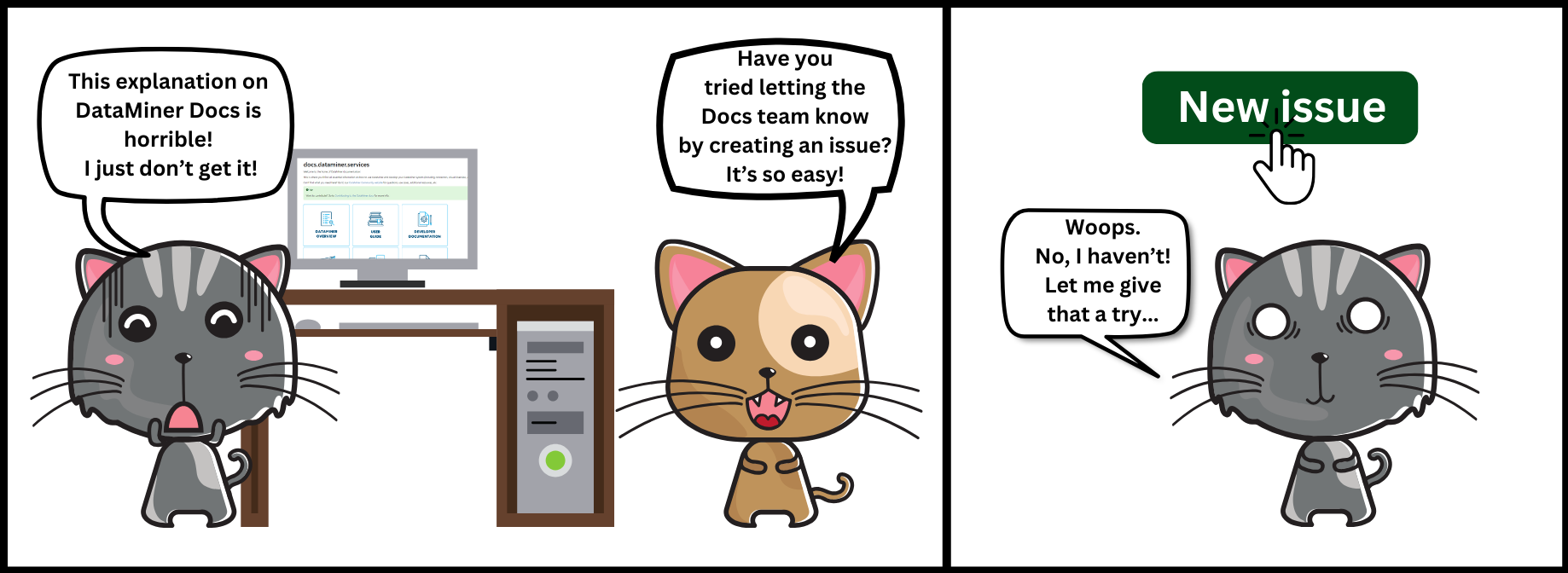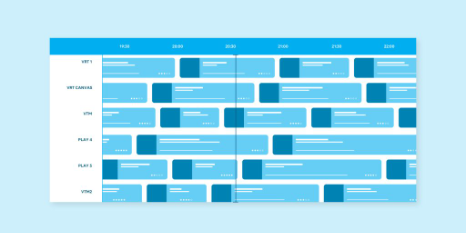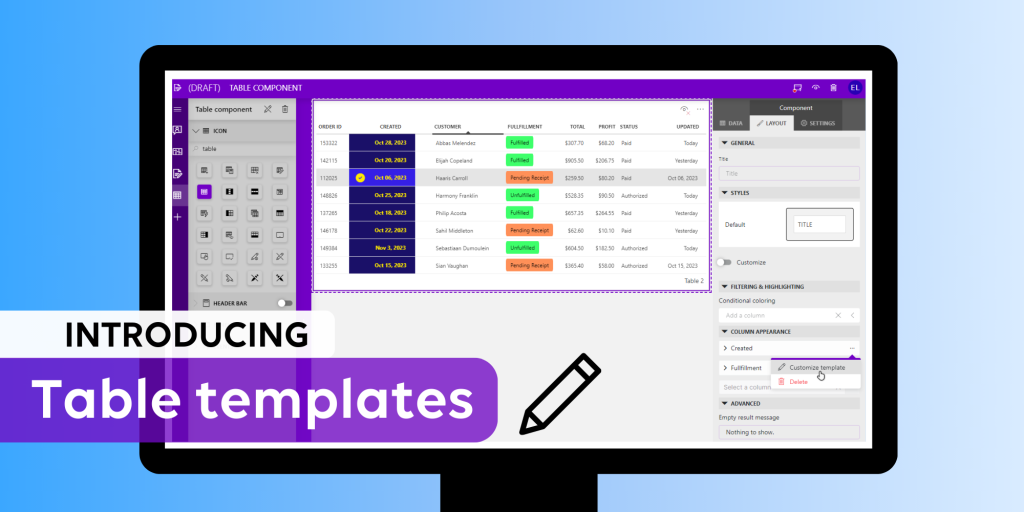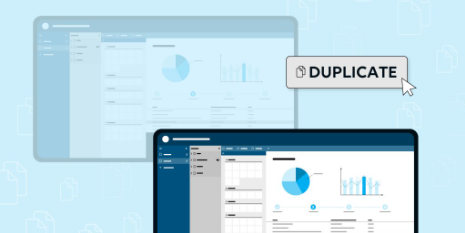The DataMiner documentation is continuously growing and improving. That’s why from time to time we like to provide you with a summary of all things new in the DataMiner Docs.
Here’s a quick overview of the changes we’ve done to the documentation for DataMiner 10.4.1:
- A new grid component and timeline component are now available in DataMiner Dashboards and Low-Code Apps.
- It is now possible to duplicate a low-code app and to duplicate a GQI query.
- Custom operators can now be used for GQI queries in Dashboards and Low-Code Apps.
- The DataMiner Spectrum Analysis module now supports horizontal and vertical zooming, and you can now also set the frequency span to zero to view a spectrum trace in zero-span mode.
- A new command-line argument, UseInitialArgumentsAfterDisconnect, is now available for DataMiner Cube, which will make sure that other specified arguments are applied again if Cube has to reconnect for some reason.
- The legacy Reports & Dashboards and Annotations modules will now be disabled by default. If you want to keep using them, you need to enable the LegacyReportsAndDashboards and LegacyAnnotations soft-launch option, respectively.
- Several prerequisites will be checked if you upgrade to 10.4.1: Profiles and resources must be stored in the indexing database, no more legacy reports and dashboards should still be used (unless you have chosen to keep the legacy Reports & Dashboards modules enabled), and the obsolete API Deployment feature may no longer be used.
Blog posts introducing the newest DataMiner features:
Not only have our Skyline developers been working tirelessly on perfecting the brand-new 10.4.1 features, many of them have also taken the time to delve into them through insightful blog posts.
Want to write a blog post on a DataMiner-related topic yourself?
Have you spotted anything amiss in the DataMiner documentation or want to contribute your insights? Whether it’s an issue you’ve identified or a suggestion for improvement, we’d love to hear from you. Let us know by submitting an issue or proposing your changes on GitHub! And if you’re a DevOps Professional, this is an excellent opportunity to score some points in exchange for your expertise 😉




